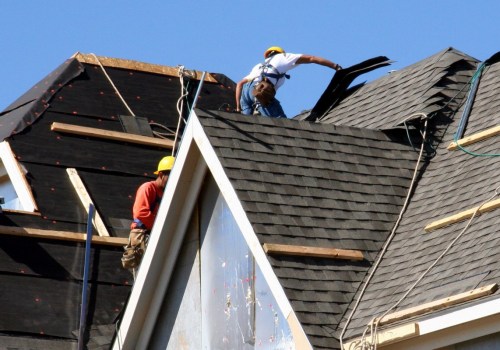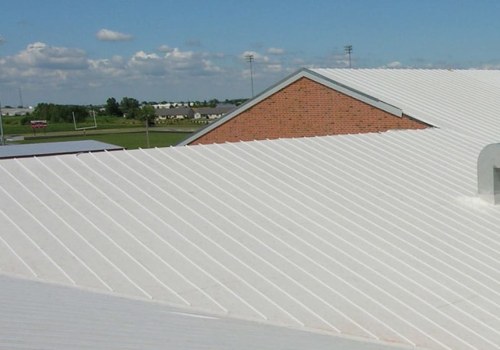It is entirely possible that a successful roof replacement will take place during the winter months. In fact, when a major leak or roof damage is discovered during the winter, we recommend replacing the roof as soon as possible to minimize the risk of further damage.
Roofing
contractors work all year round regardless of the season. You'll find them doing repairs during the spring, replacing roofs during the summer, and making sure the roofs are in good condition during the fall so they can withstand inclement weather during the winter season.This leads us to the question: “Can roofers work in the snow during the winter?. Sometimes your roof needs to be replaced now and you can't wait for the temperatures to be warmer. If the roof of your house is far from delicious, but the weather outside is dreadful, don't worry. An experienced roofing contractor will work with you to install your roof and protect your home as quickly as possible.
If you call and talk to roofing contractors, some might tell you that it's never OK to replace a roof in winter or when temperatures drop below freezing. They might mumble about adhesives that don't seal properly or that the putty doesn't work in extreme cold conditions. If you're like most homeowners in the U.S. UU.
The shingles contain a strip of sealant (also called adhesive or glue) that interacts with the warm temperatures that normally occur during summer, late spring and fall, resulting in an automatic seal. The sealant must seal on its own due to a combination of heat and pressure. The shingles are also nailed to prevent them from snuggling. However, in cold temperatures, roofing equipment must hand seal each shingle to ensure that the sealant adheres properly.
In other words, they cannot rely on the natural heat of the sun to activate the seal. As an experienced roofing professional knows, manual sealing takes a little longer, but ensures that each and every one of them is sealed. It's also important to note why it's so important to work with a roofing contractor that they only turn to experienced roofing professionals. A knowledgeable team knows when a roof requires manual sealing and makes sure to follow the manufacturer's recommendations and guidelines for sealants and temperatures.
While you may be tempted to take advantage of a lower price, remember that reputable roofing companies keep busy for a reason that they offer high-quality work that will last for decades. If your roof needs to be replaced now, and you can't wait until summer, be sure to work with a company that takes the time to hand-seal each and every shingle. And if you are worried about how long your roof will last, you should only work with a highly experienced roofing company that supports your work. Cold and frosty weather can make it difficult for roofing companies to help with roof repairs and replacement.
Many roofing contractors understand that ice and snow can create dangerous situations that make them more likely to slip and fall. However, although not ideal, roof construction and repair can be carried out in cold weather, provided that weather-related precautions are strictly observed. But usually, we have the opportunity to install roofs 52 weeks a year, even during the winter months. The crew will have to clear ice and snow from the roof before they can start work, and if the surface is slippery, they will have to slow down for safety.
If you are looking for reliable roofers who can work in the snow, look no further than Garlock-French Corporation. Each tab must be sealed with one or two hits (approximately 1 inch in diameter) of asphalt roofing cement. With Old Man Winter here in full force, you might be noticing some issues with your current roofing system. Even if there is only a light snowfall, it can be dangerous for the person who climbs and works on the roof.
To do this, you need this checklist of 16 questions every homeowner should ask a roofing contractor. Once the temperature drops below 40°F, the properties of these adhesives change, making shingles difficult to stick and provide optimal coverage on the roof. The only way to solve this problem is to choose another type of roofing material that does not require adhesive. It is recommended to install new asphalt shingles on the roof when the temperature is between 40 and 85°F.
Fortunately, you can replace a roof in winter, but you should not try to do it yourself because it can be difficult and dangerous to work during inclement winter. Unless you have experience working on slippery roofs, it is better to hire a professional for repairs and replacements throughout the winter. . .



